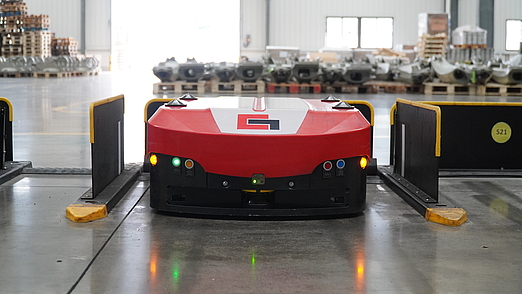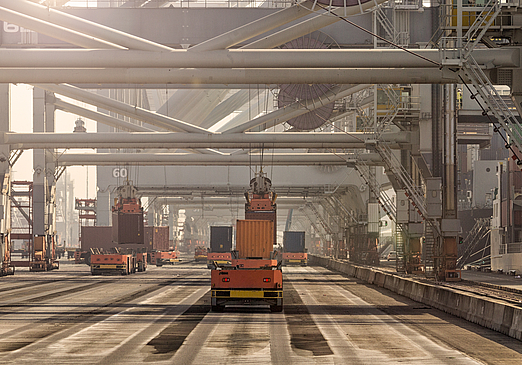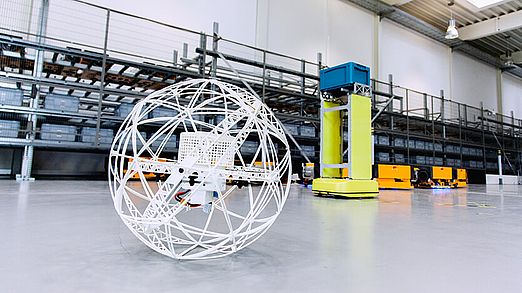The future is vertical: Automated high-bay racking technology for entire containers
BoxBay sets new standards in port logistics
- Insights
Have you ever wanted to make better use of existing storage capacities by racking up containers? That is exactly the purpose of the pilot project BoxBay, at the Jebel Ali port in the United Arab Emirates. Yes, you read that correctly – high-bay racking of entire containers! The new high-bay racking system for intermodal containers has completed an extensive testing phase and is now ready for the global market. A perfect way to save space, increase flexibility and improve "user-friendliness".
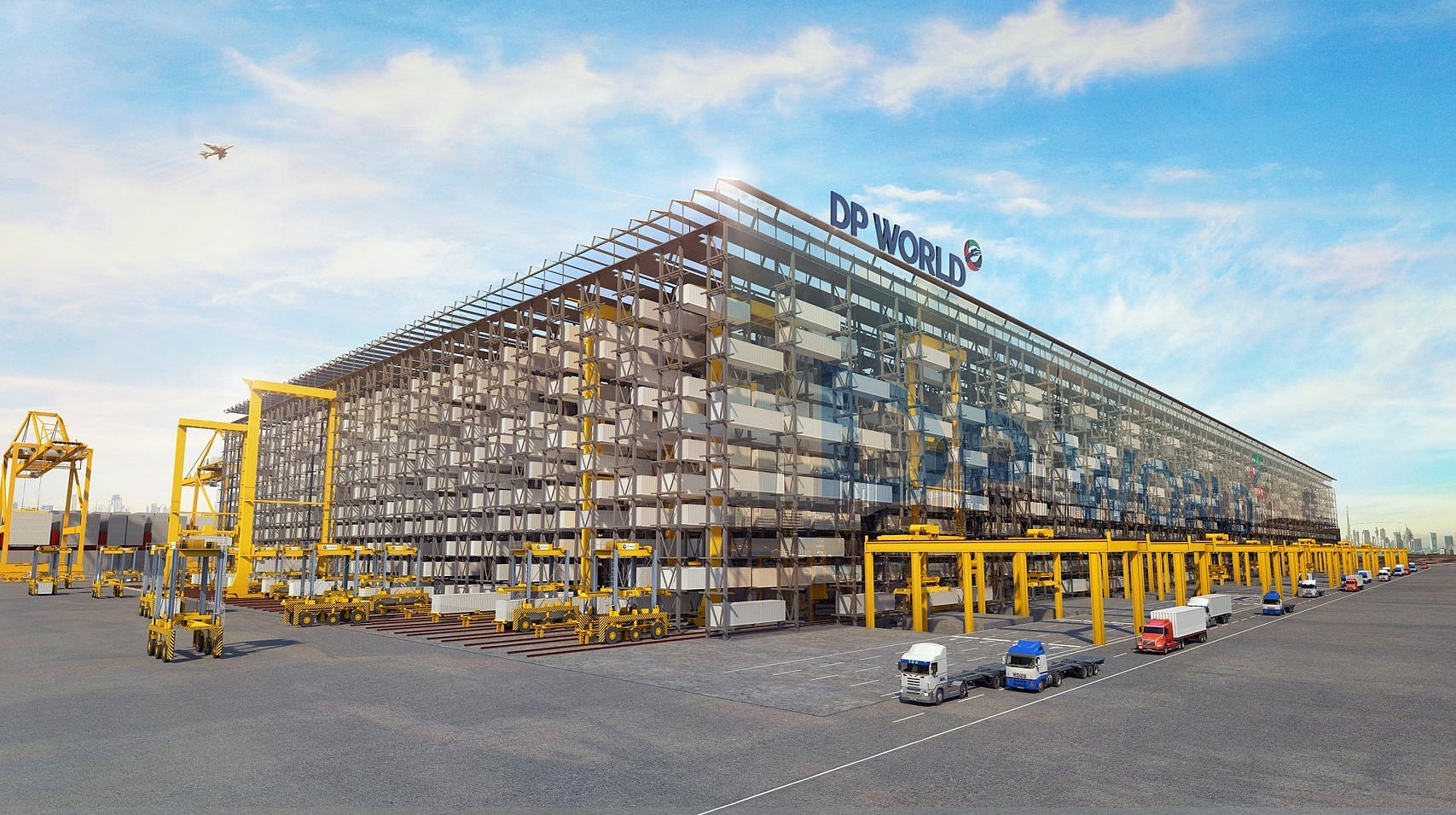
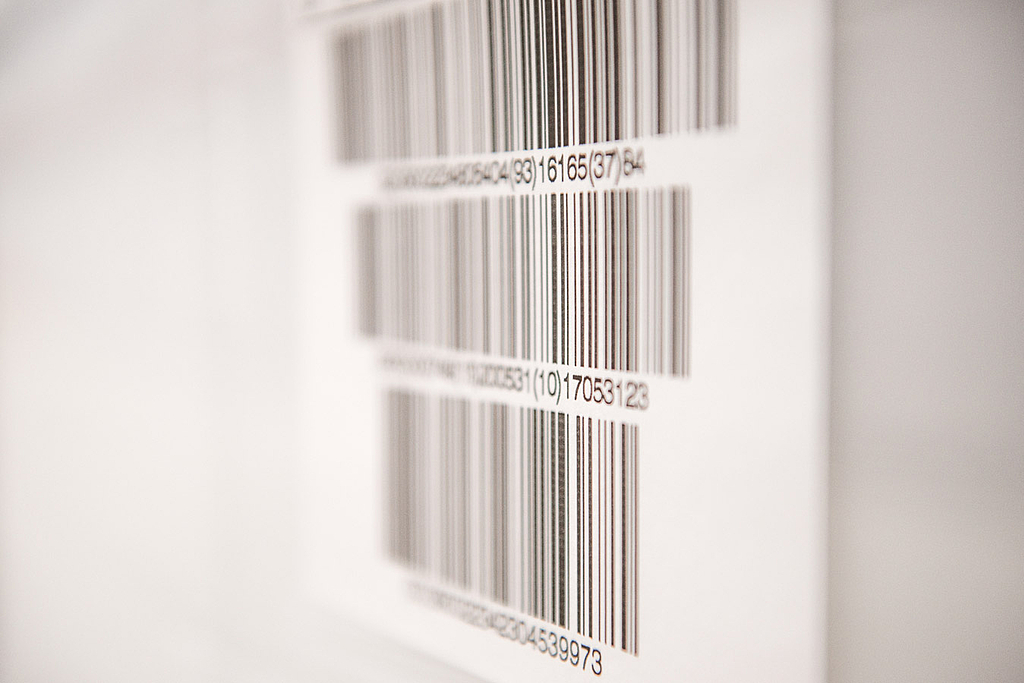
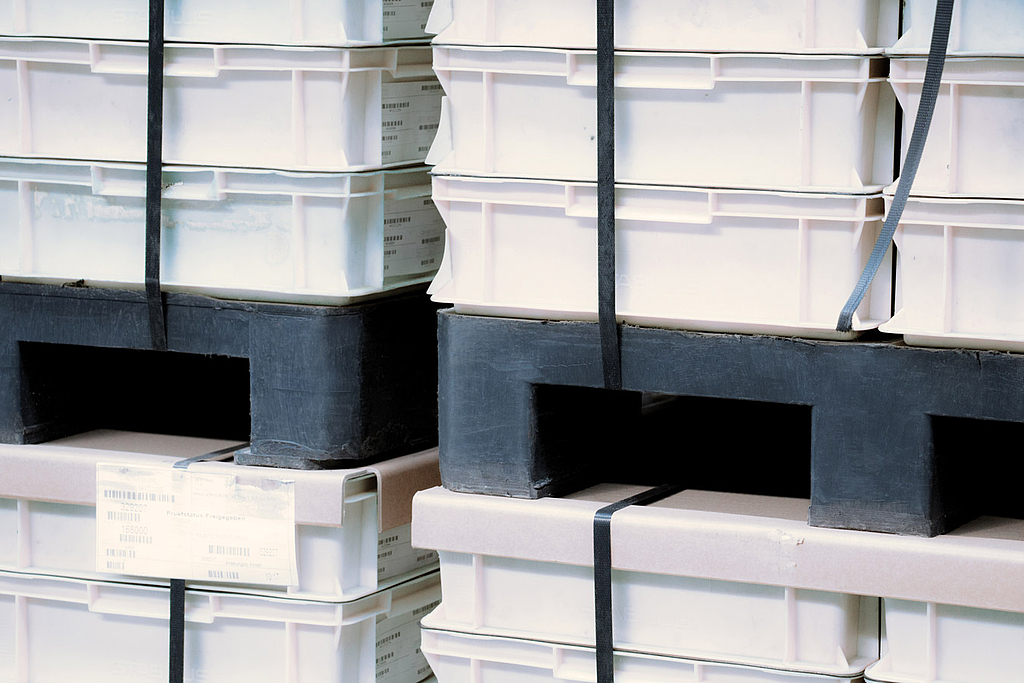
We offer specialized logistics solutions and warehousing facilities for the requirements of a range of industries.
Uniform standards in all of our logistics centers around the world ensure high quality and reliability. Benefit from our comprehensive network of warehouses in Europe, Asia and the USA.
Find out more
